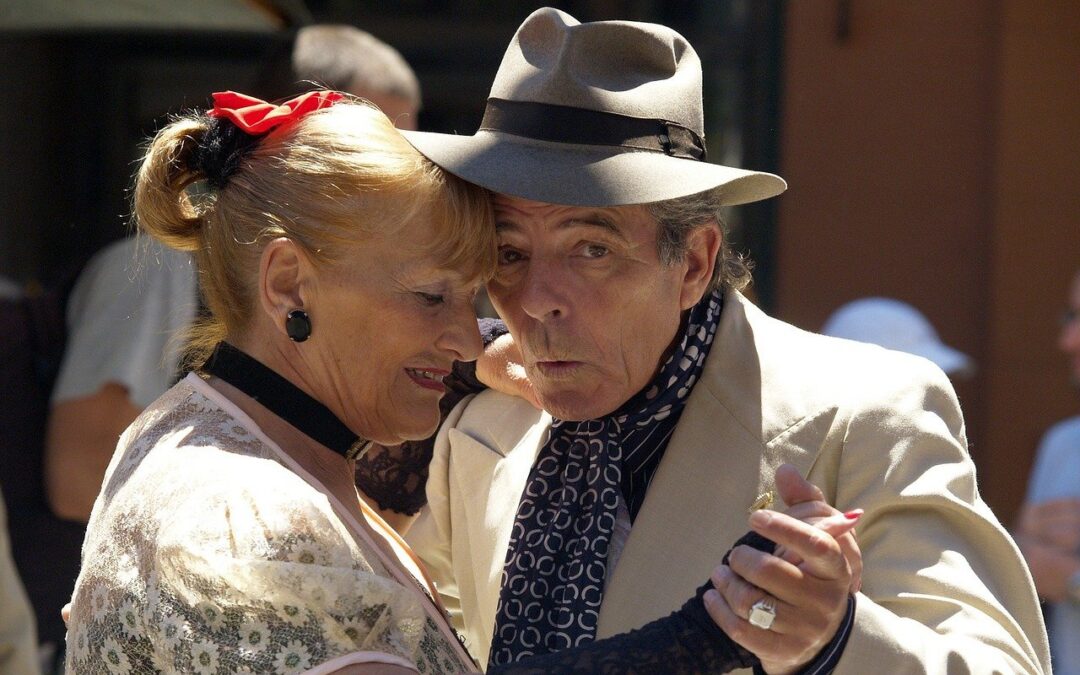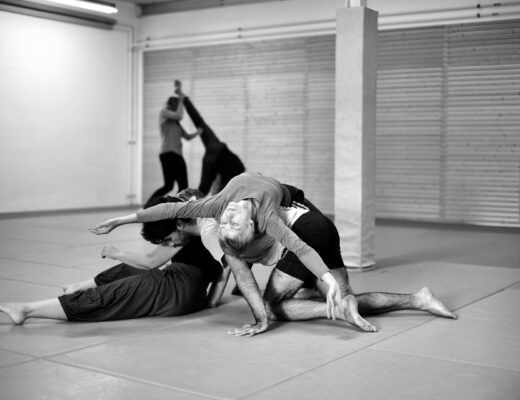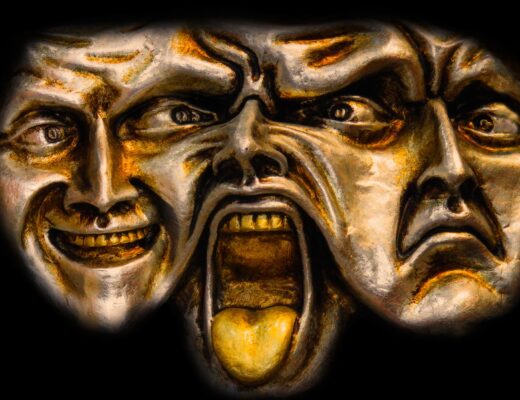How we carry our bodies says a lot about us.
Therefore, as actors, how we construct how our character moves is an essential tool for portraying a well-rounded, real-life human.
The popular blog, Stagemilk, wrote a great post about this a few years back about why movement is essential and sharing places that are a great place for actors to start.
I also delve into detail about what character movement is in this post and why it’s vital for all actors.
There are many different facets to think about when looking into character movement work.
It can honestly feel overwhelming at first.
To focus on aspects of movement such as body language, body control, proximity to others, posture, the use of speed, and stillness.
But, it doesn’t need to be complicated.
Even focusing on one of these elements above can make a huge difference in performances.
One element, in particular, comes to mind. If you work on being more aware of it and employ it in your characters, you’ll notice your characters come alive differently.
Which element am I referring to?
Posture.
You can convey a lot about a character by how they move and behave.
How they sit in a chair or how they stand. Here’s another resource from Masterclass. It focuses more on writing characters, but everything still applies.
Posture can inform others of our age, health, confidence levels, previous injuries, attitude, and mood.
What’s your posture?
Firstly, body awareness is critical.
Before you can focus on your character’s posture, you need to understand your own.
Now, you may already know the kind of default posture you have.
But, if you don’t, you’re not alone.
This post, by Ergoline, with whom I have no affiliation, breaks down the four main types of posture.
A great way to see what posture you have is to take a picture of yourself from the side, both sitting and standing and take a look.
Good or bad posture?
What is considered good posture?
Is it about someone’s moral character?
Not so much.
Posture, good or bad, speaks more to our daily activities. The habits we do every day, and if you’re playing an older character, can also show a distinct history of their movement.
A kyphosis posture, as an example, can be a result of what we called student syndrome when I was in college.
We often associate that hunched over a computer slouch with elderly people and those who work at a desk all day. But, it’s not an all-or-nothing catch-all.
And posture can indeed erode over time if we’re not mindful of it, hence it being a stereotype for older generations.
Posture stereotypes
So, elderly and working at a computer aside, from a body language standpoint, what would be a stereotype for someone that slouches?
Perhaps they’re lazy.
For someone who always stands up super straight?
Full of confidence? Maybe even a superhero.
What other stereotypes of posture exist? Do they have to be adhered to when constructing a character’s movement signature?
Character creation-going with or against stereotypes?
What’s always a great deal of fun when constructing how a character moves is to experiment with going against stereotypes.
Perhaps your superhero slouches.
Or your crafty criminal stands as though there’s a steel rod strapped to their back.
The best part is that there’s no right or wrong answer here.
When constructing a character’s movement signature, you get to create what feels the most natural to them.
A tool for your toolbox
Posture is a great tool to utilize, and it’s often one of my first places to go when constructing a character physically from scratch.
It works great as a stand-alone element or woven alongside other movement-building blocks to construct a movement signature.
Happy moving!




